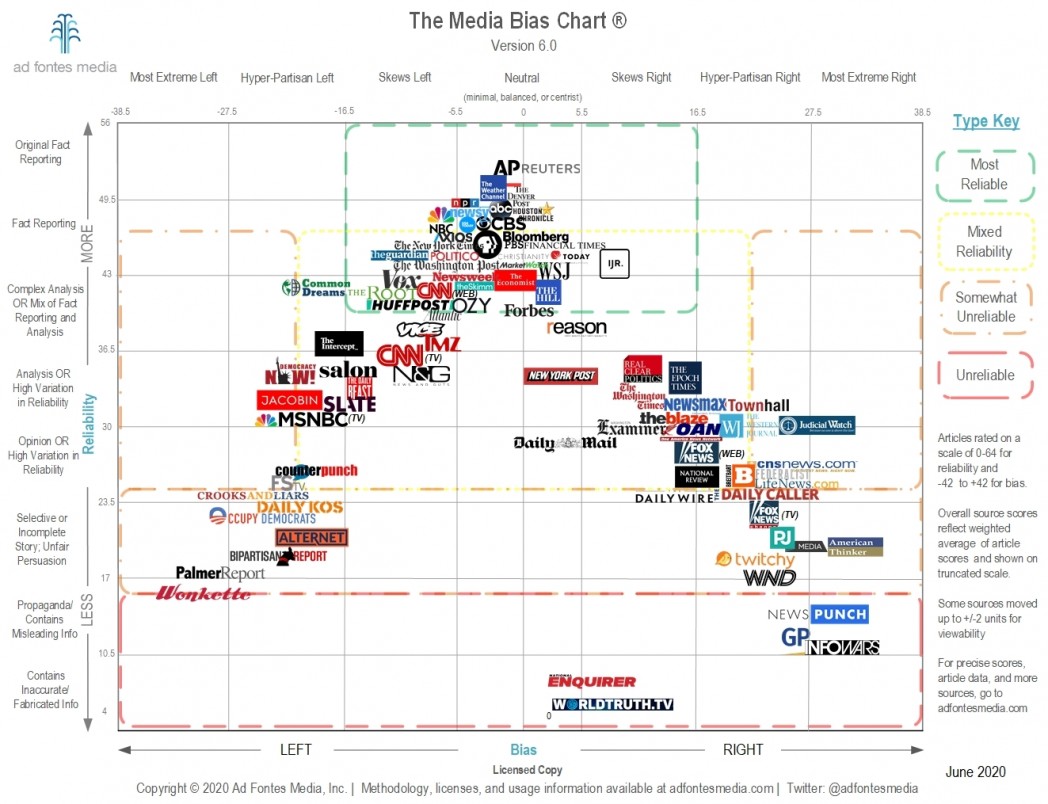Improve your ability to spot misinformation and learn to avoid being duped.
A key approach is the Stop, Investigate, Find and Trace (SIFT) technique, a fact-checking process developed by digital literacy expert Mike Caulfield of Washington State University Vancouver.
Maybe there’s a picture that seems real but the caption could be misleading. Maybe a claim is made about a new medical treatment based on a research finding — but you’re not certain if the cited research paper really said that.
Here is a short list of things to do when presented with new information.
STOP – When you first hit a page or post and start to read it — STOP. Ask yourself whether you know the website or source of the information, and what the reputation of both the claim and the website is. If you don’t have that information, use the other moves to get a sense of what you’re looking at. Don’t read it or share media until you know what it is.
INVESTIGATE – If you’re reading a piece on economics by a Nobel prize-winning economist, you should know that before you read it. If you’re watching a video on the many benefits of milk consumption that was put out by the dairy industry, you want to know that as well. knowing the expertise and agenda of the source is crucial to your interpretation of what they say. Taking sixty seconds to figure out where media is from.
FIND – Look for trusted reporting or analysis on the claim. Find the best source you can on the topic, or, scan multiple sources and see what the expert consensus seems to be.
TRACE – Trace the claim, quote, or media back to the source, so you can see it in it’s original context. Get a sense if the version you saw was accurately presented.
In some cases, these techniques will show you claims are outright wrong, or that sources are legitimately “bad actors” who are trying to deceive you. But in the vast majority of cases they do something just as important: they reestablish the context that the web so often strips away, allowing for more fruitful engagement with all digital information.









